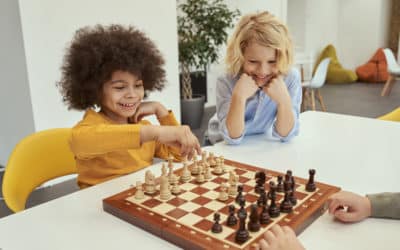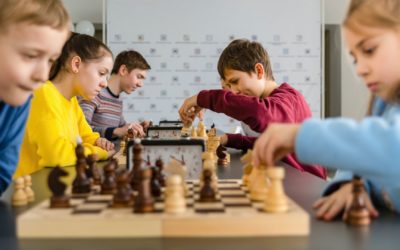The fine motor skills dexterity encompasses all the precise, controlled and coordinated movements made by a child's hands and fingers. The development of this dexterity prepares the child for everyday gestures. This is particularly important for acquisition of prehensionThis improves control and coordination between fingers, hands and eyes. It is therefore essential to support children, from an early age, in the development and evolution of their skills. fine motor skills.
In this respect, Kidlee has selected a range of stimulating activities to help children exercise and develop their finger agility, wrist flexibility and hand-eye coordination.
What is the difference between motor skills and fine motor skills?

Gross motor skills represent the totality of functions that control the child's body movements moving, jumping, walking, raising arms...
The fine motor skillsfor its part, tends to involve precise movements. The movements of the hand and fingers that are mobilized to perform a voluntary gesture.
The fine motor skills aims to develop certain small muscles in the fingers and hands so that they can make very fine, precise movements. These are essential for the child's independence in everyday life, such as dressing or eating.
This skill develops gradually as the child matures. So, from an early age, he'll start handling small objects, throwing them or dropping them.
Thereafter, generally in the school environment, he will perform actions requiring greater control and attention to detail, such as drawing, coloring and writing.
It's important to note that the pace of development of this skill varies from child to child. Some children may experience difficulties in developing their fine motor skills, and will therefore have need for training through various repetitive activities to overcome these obstacles.
The activities of fine motor skills are beneficial and essential for all children, whether or not they have special needs.
These activities allow children to :
- Learn to manipulate specific objects and elements appropriately.
- Concentrate to achieve the desired result.
- Control their force so as not to damage materials.
- assimilate, follow or apply instructions.
Here's our selection of fine motor skills workshops and activities that require few resources and will be of great help to your little ones aged 2 and over in developing their grasp of objects and the precision of their gestures.
To maximize the benefits of these activities, encourage your child to start with his dominant hand (right or left, depending on the child). Once the child has done several repetitions and mastered the gesture, he can try using his non-dominant hand.
Hop'Toys fine motor skills course:
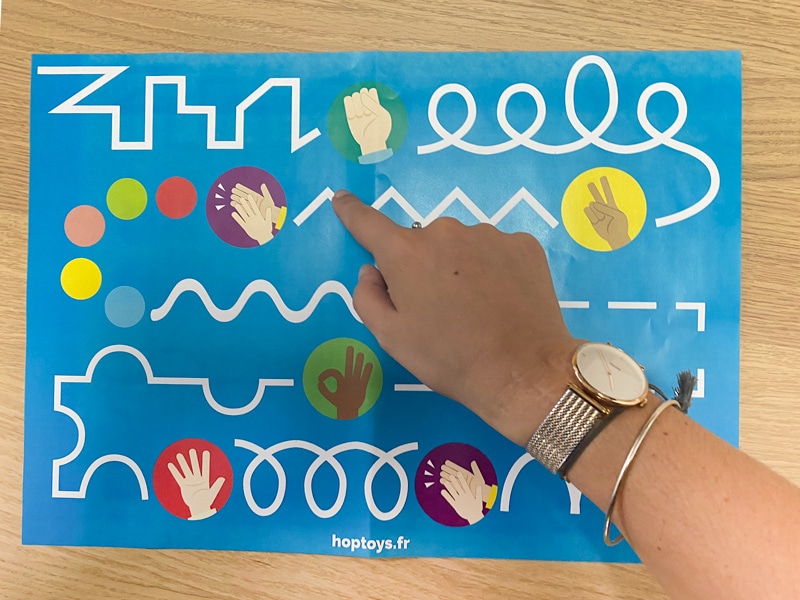
Hop'toys offers a variety of fine motor skills games for children aged 2 and over. These include a printable route. The principle of the game is simple: simply follow dotted straight or curved lines with your finger while performing the gestures requested, such as clapping your hands or making an "ok" sound with your fingers.
Printable Mômes finger twister activity
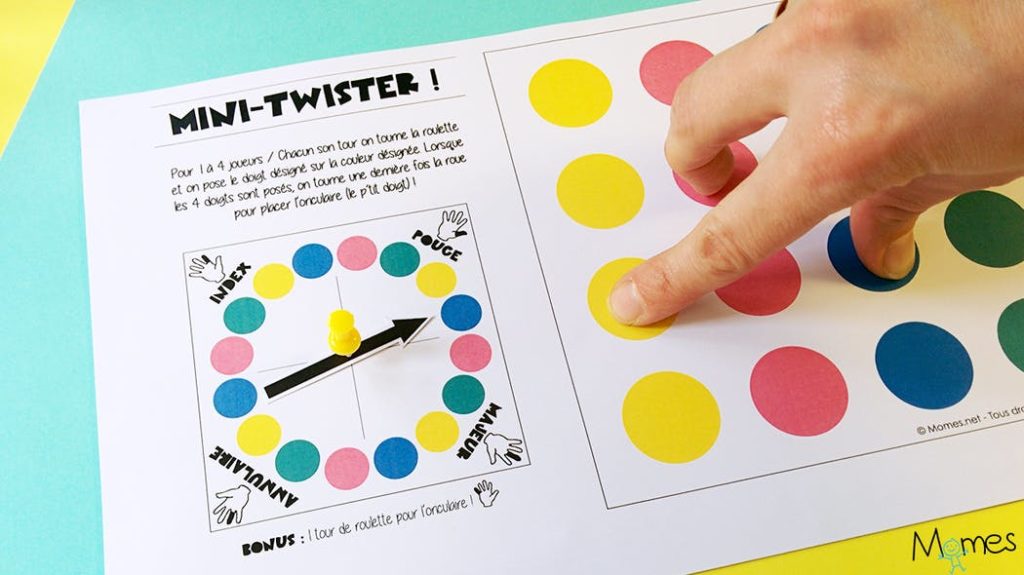
Here is an excellent downloadable fine motor skills game proposed by Mômes for children aged 4 and over. As well as being fun and developing fine motor skills, this game also enables children tolearn finger names. The principle is similar to that of classic Twister; however, instead of using the feet and hands, only the fingers are used.
Montessori fine motor activity: Hang out the laundry
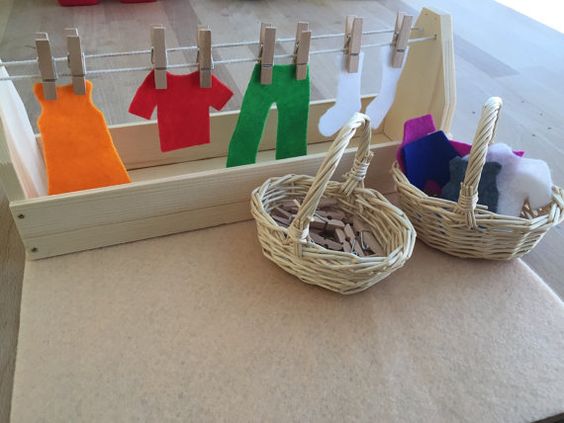
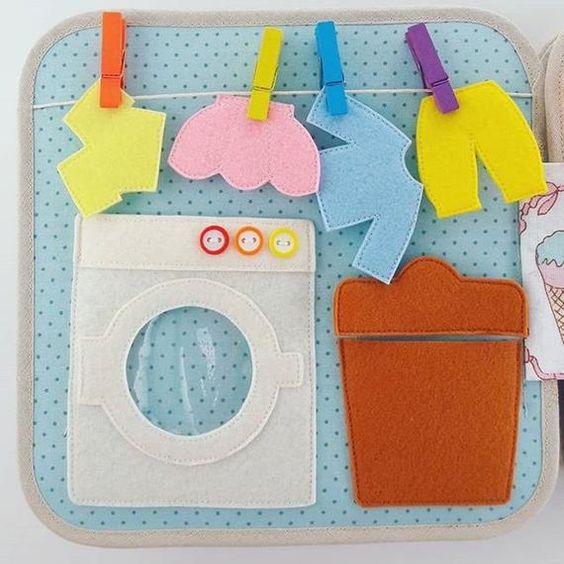
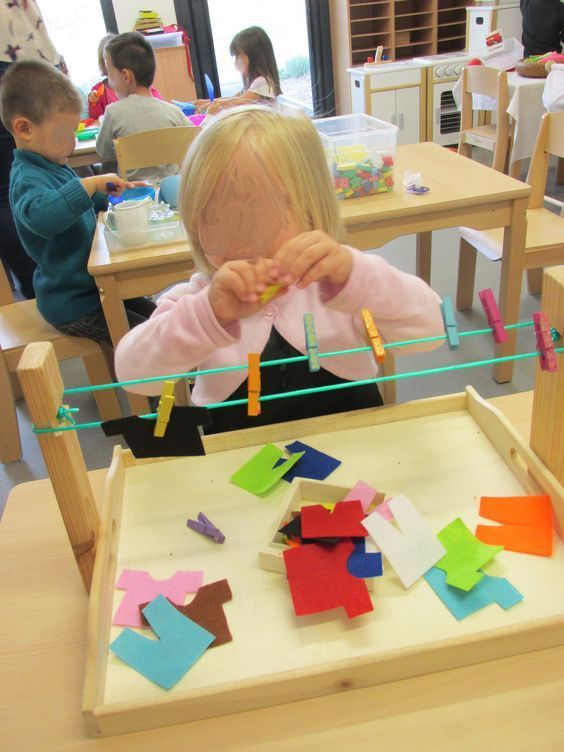
Children like to imitate adults. It is therefore a good idea to offer them activities related to daily tasks which also contribute to their independence. For example, hanging out the washing can be done with real linen (such as socks or tea towels) or with mini-clothes made from paper or felt.
Montessori workshop sorting and classifying according to shapes, sizes or colors
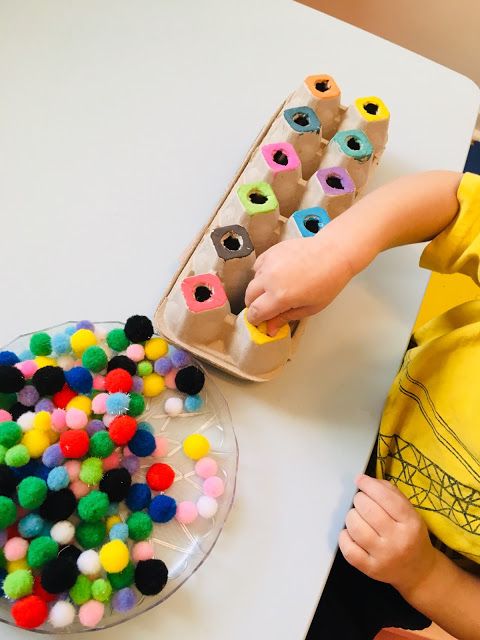
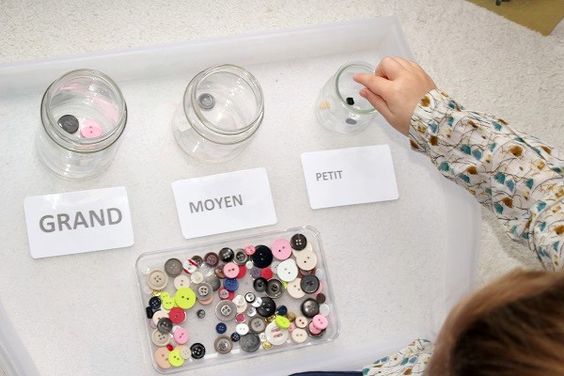
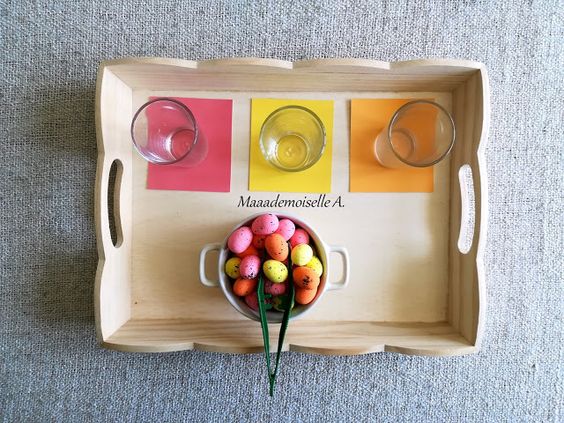
Sorting is an excellent activity for developing fine motor skills and hand-eye coordination. Simply place a variety of small objects at the child's disposal and ask him or her to separate, sort and classify them according to shape, size or color.
Montessori alignment-grouping workshop
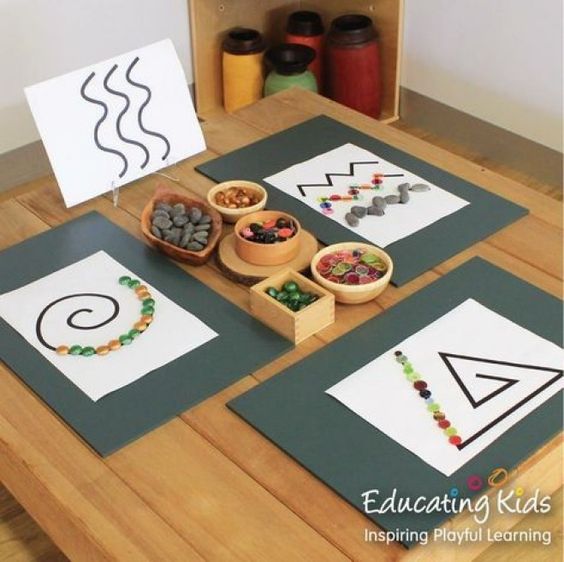
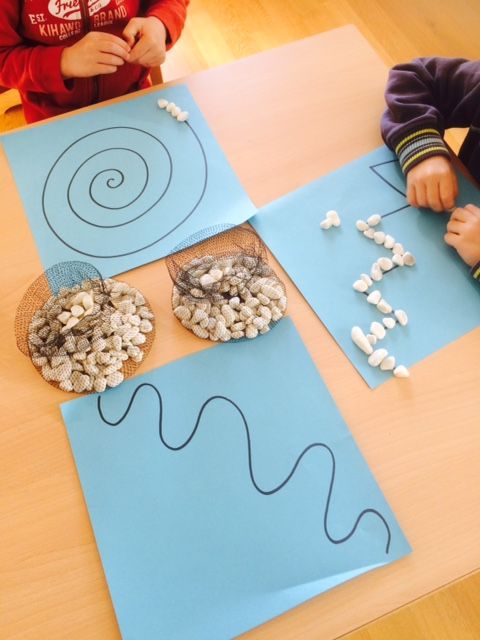
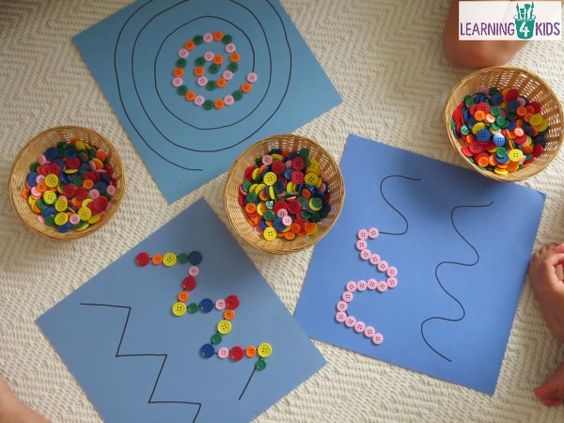
This activity is similar to filing, but requires more attention to detail. It also enables toddlers to (from age 3) to prepare for graphic design while developing hand-eye coordination.
It also promotes precision by teaching children to align and organize elements. To do this, draw graphic shapes on a sheet of paper and provide pebbles, buttons or beads for children to align according to the design.
Montessori workshop threading up and down
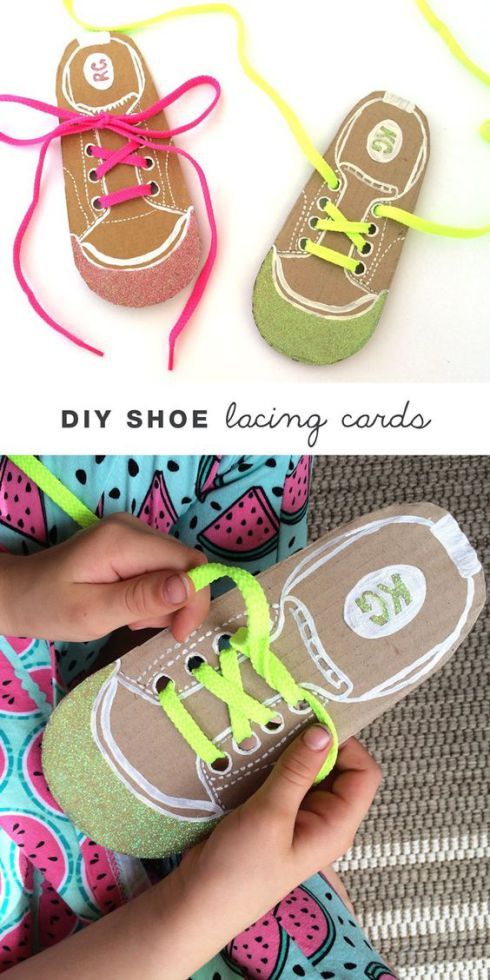
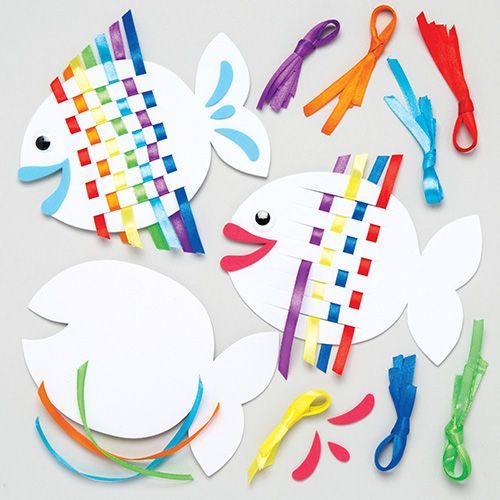
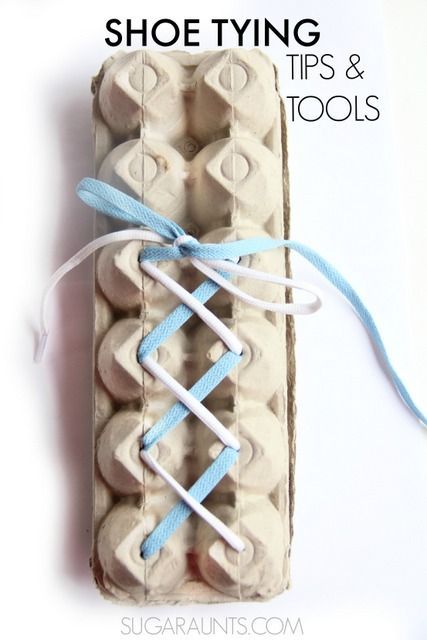
This fine motor skills is ideal for improve agility! The aim is to pass different elements above and below (wire, ribbon or rope). This can also help children to learn to tie their shoes ! This exercise can be performed in a variety of ways; a simple cardboard box with slots or holes will do just fine!

